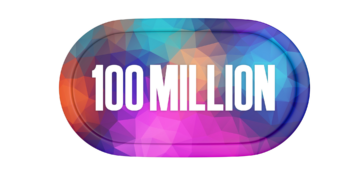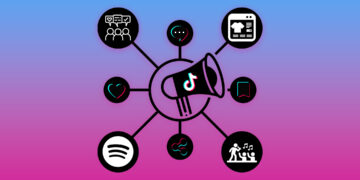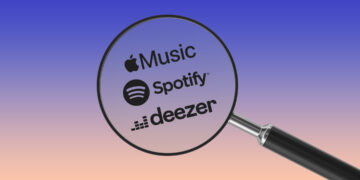Streaming – the gravedigger of the music industry?

- How strongly streaming dominates the music market
- Why streaming is not generating all-time high revenues, even if people like to claim so
- Whether artists benefit from the streaming boom
Did streaming save the music industry from going under, or are streaming providers much more the gravediggers of the music industry? We took a look at the numbers.
There have been discussions about the level of payouts ever since streaming became established. With the pandemic and the resulting loss of income sources, streaming providers faced even more criticism. Is streaming the salvation for the long struggling music industry or much more its gravedigger? We will be addressing this topic several times in the coming weeks and months.
The fact is that revenues from CD sales and downloads are collapsing, and only vinyl remains stable at a low level or is even growing. Streaming dominates the music market: In the USA, 85% of revenues come from streams, in Germany it is already two thirds. Does this mean that the music industry has defeated piracy and is generating record revenues?
Higher revenue thanks to streaming?
No, in 2019 (no more recent figures available yet), the music industry generated $20.2 billion worldwide. In fact, this is the highest revenue since 2004 when revenue was $20.3 billion. However, in the years before, the revenue was much higher namely at 21.9 billion (2002) or even 23.4 billion (2001) thanks to CD sales that were still flourishing at that time.
However, if inflation is taken into account, things look different again: In 2007, when Spotify was launched in Europe, the music industry generated 18 billion. Adjusted for inflation, the figure is 22.19 billion, which is significantly more than the sales in 2019. The launch of Spotify and other streaming providers has therefore not ensured a flight to new heights, but only slowed a steady downward trend.
Do the artists benefit?
The crucial question, however, is whether more artists are benefiting now than when major labels and CD sales dominated virtually everything. Take Spotify as an example: in 2020, 90% of all streams, and therefore about 90% of revenues, were generated by 43,000 artists. According to Rolling Stone magazine’s calculations, this equates to about $100,000 per artist on average. Compared to the previous year, 43% or 13,000 more artists are among the top earners.
If growth remains constant, by 2023, 100,000 artists will be able to live off their Spotify payouts alone. Even though it will still only be a small elite that can make a living from Spotify streams, this is a satisfying development. Even in the CD era, it was only a fraction of artists who got a really big piece of the pie.
Conclusion
It is therefore too easy to demonize streaming services across the board. However, neither are they the saviors of the entire music industry. As mentioned, we will explore this topic further and also reflect on what changes it would take for significantly more artists to be able to live off their streaming revenues.











